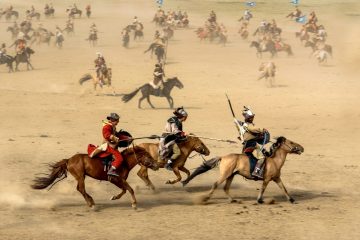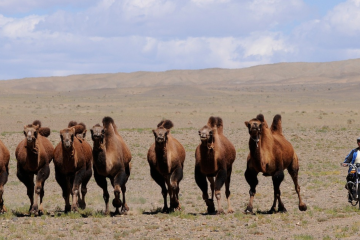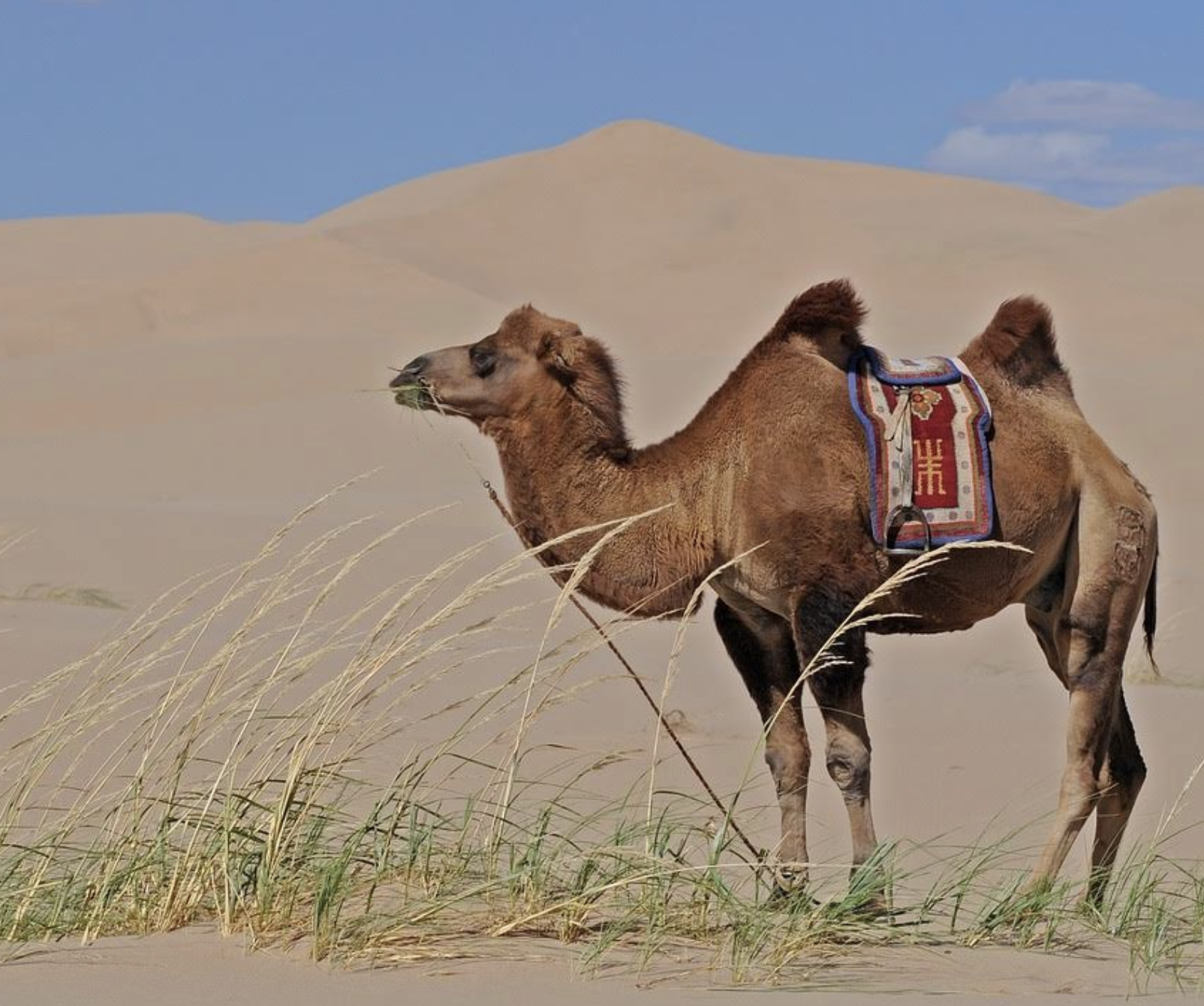Mongolia, a land of vast expanses and timeless landscapes, captivates with its stunning natural beauty and rich cultural heritage. Nestled between Russia and China in East Asia, Mongolia is a country renowned for its boundless steppes, rugged mountains and the iconic Gobi Desert. Nomadic traditions run deep in its history, with the enduring legacy of Genghis Khan shaping its culture. Ulaanbaatar, the capital city, blends modernity with tradition, offering a glimpse into Mongolia’s evolving identity. The nomadic way of life is still evident in the rural areas, where yurts dot the countryside and herding remains a way of survival.
Selected Tours
When to Go
Mongolia’s climate has a profound impact on its landscape and nomadic culture, with vast steppes, deserts, and nomadic herding communities adapted to the challenging weather patterns.
Mongolia features a continental climate with extreme seasonal variations. Winters are bitterly cold, with temperatures often plunging below -40°C (-40°F), while summers are hot and dry, with temperatures soaring to 30°C (86°F). Precipitation is scarce, primarily falling during summer.
Sunscreen, sunglasses and a wide-brimmed hat are essential to shield against Mongolia’s intense sunlight. Comfortable shoes for walking on flat, paved surfaces as well as hiking shoes if you plan to explore the mountains or the canyons. A sturdy suitcase or backpack that can withstand the dust and the heat. Pack versatile layers for Mongolia’s fluctuating temperatures, as it can be extremely cold in winter and hot in summer. You should bring your own medicines and prescriptions.
Mongolia continues to enchant with its rich cultural heritage and breathtaking landscapes. It is a huge, untainted nation of limitless steppes and nomadic traditions. Travelers can discover the Gobi Desert’s timeless grandeur, take in the annual Naadam Festival and enjoy the warmth and generosity of this unusual country, which is sandwiched between China and Russia. The Asian continent’s real jewel.
Customs & Traditions
Mongolia’s culture is deeply rooted in nomadic traditions, featuring yurts, throat singing and horsemanship. The Mongolian language, rich folklore and festivals like Naadam celebrate their heritage, while modern influences blend with age-old customs.
Steer clear of controversial topics, respect locals’ views. Greet people with a handshake and a slight nod. Take off your shoes before entering the house, and follow host’s guidance. Avoid whistling indoors, as it’s considered impolite. When visiting a Buddhist temple, walk clockwise and refrain from pointing your feet at religious objects. Do not take photos of military or government buildings, or of people without their permission.
Mongolians, known for their nomadic heritage, are resilient and skilled equestrians. They have a deep connection to their land and livestock, practicing traditional herding. Mongolians value family and community bonds, reflected in their warm hospitality and rich cultural traditions, including throat singing and wrestling.
Mongolian music reflects nomadic heritage with throat singing (Khoomei), horsehead fiddles (morin khuur), and traditional folk songs (long song). These unique sounds echo the vast steppes, celebrating the culture, nature and history of Mongolia.
Mongolia practices a blend of Buddhism, primarily Tibetan Buddhism, and shamanism. Buddhism has deep historical and cultural roots, with monasteries like Gandan in Ulaanbaatar. Shamanistic beliefs persist, emphasizing reverence for nature spirits and ancestral worship, shaping Mongolia’s unique religious landscape.





